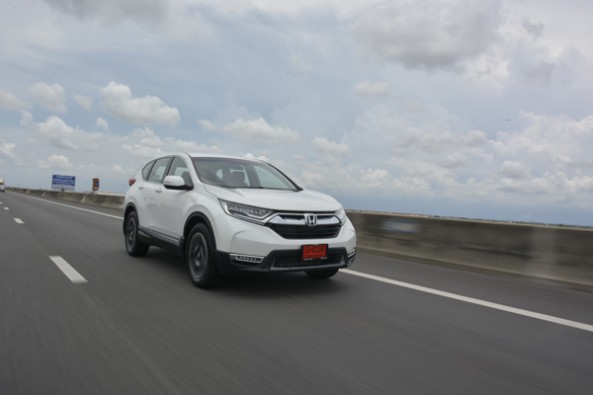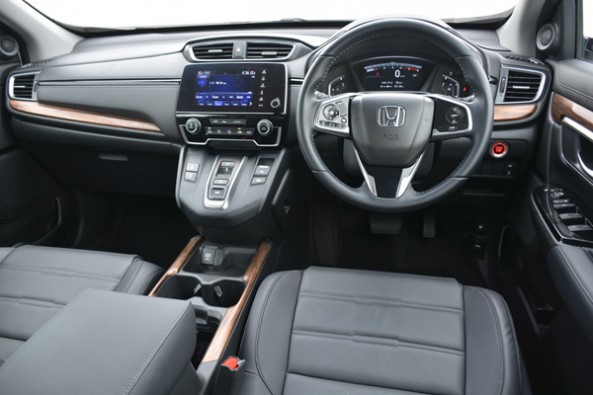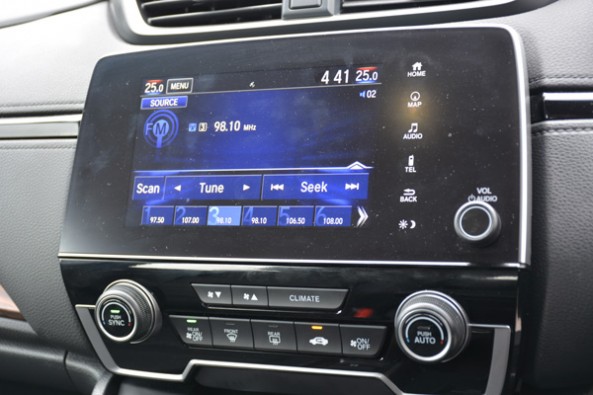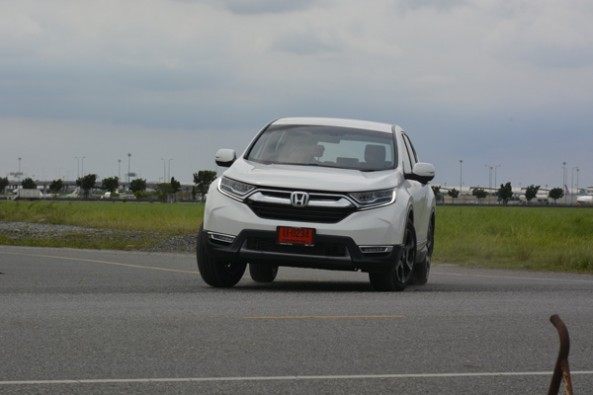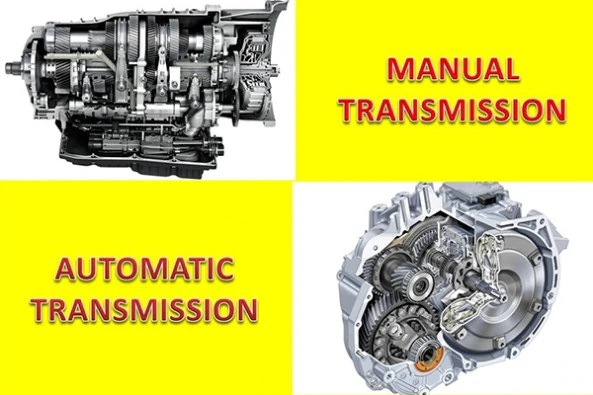Honda is the largest engine producer in the world, it makes engines for two-wheelers, four-wheelers, marine engines and more. Honda Engines are successful because they are reliable, light and powerful. However, all these engines run on petrol. Honda only recently started making diesel motors. The company’s 1.5-litre diesel makes a decent 100hp but, lacks what Honda is famous for – it tends to rattle a lot and delivers underwhelming performance.
The CR-V will get a slightly bigger engine but will continue to share many parts. This fifth-gen CR-V is also 142kg heavier than the outgoing model.
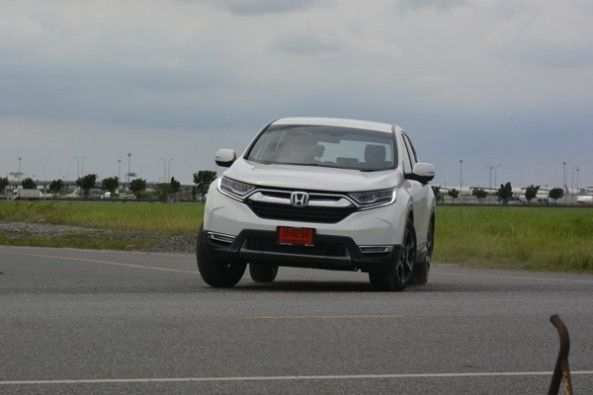
How Does it Drive?
The CR-V’s diesel engine now makes 160hp and not 120hp, the torque figure is up to 350Nm as well. The power gain is thanks a new twin-turbo setup. Other changes include the decreased friction, stronger and lighter pistons. Another advantage for Honda is that these new engines are being made in India for the factory in UK.
As soon as you start driving the car you begin to realise that the nose is difficult to judge. Driving a little more made us realise that all the rattle and clatter from the diesel motor is missing! The windows were down and, even then, the engine felt impressively silent. This engine is not only smooth when compared to the Honda diesel engine we are used to, but also when compared to other diesel engines. The engine responded well and was eager to rev too. The gearbox which is a nine-speed unit always manages to have the car in the perfect gear.
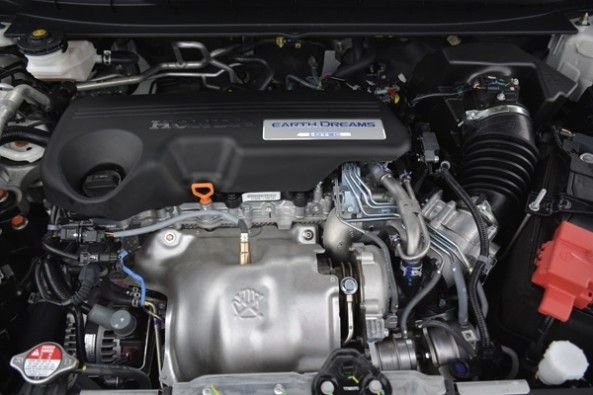
Upon heavy acceleration, the engine does get a little noisy, which one can expect from a diesel motor. But, the car lacks the instant punch you get from an engine like Hyundai’s Tucson. The CR-V diesel managed a 0-100kph time of 10.26sec. However, the Tucson does it in 9.48sec.
On the Inside
In terms of size, the New CR-V has a longer wheelbase, wider track and a significant weight gain. Even though, this car is clearly bulkier and heavier than the one it replaces, it feels very stable. The brakes on the CR-V are decent and so is the ride comfort. On the inside is where the new CR-V really shines, and it will be the biggest selling point of this new car. Not only the overall design has become more pleasing but the quality has considerably improved, as well. The details and finish are better too. The dashboard now has leather trim and visible stitching. Giving the Honda more character on the inside is the simple instrument panel, frameless touchscreen and a fancy gear selector.

At the front, the seats are longer, wider and offer good support. The CR-V will also prove to be a good vehicle to be driven around in, since the rear seats can be pushed back and are quite comfortable. The biggest change is the addition of a third-row, and Honda has done a lot to add more comfort there. The third-row has individual air-con vents, charging points and cupholders. However, it is still best seating kids or adults for short distances.
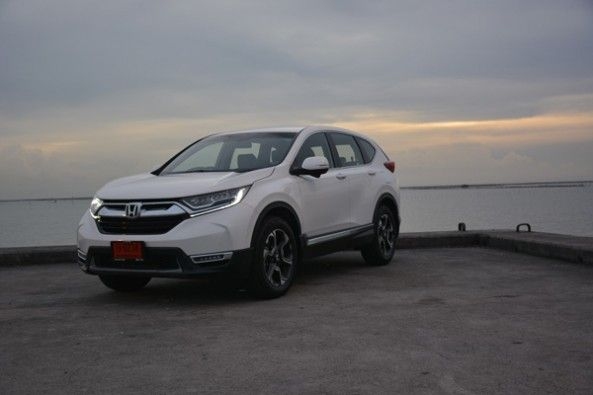
On the Outside
The design, however, is so much like a facelift that people wouldn’t probably even notice the difference between this and the current-gen model. The differences can only be told when the two are put side by side, especially in terms of bulk. The new CR-V gets bigger wheel arches, aggressive headlamps and wider front fenders. A nice change to rear is the new taillights.
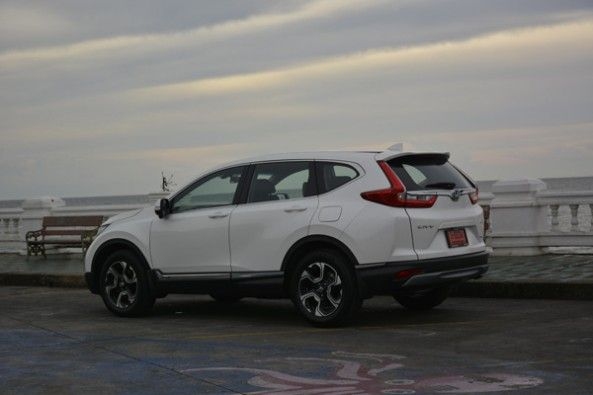
Should I Buy One?
The SUV will be more expensive than the outgoing model when it arrives in 2018. Prices are expected to start at ₹23 lakh (ex-showroom, Delhi) for the petrol model and will be around ₹25 lakh for the diesel.
